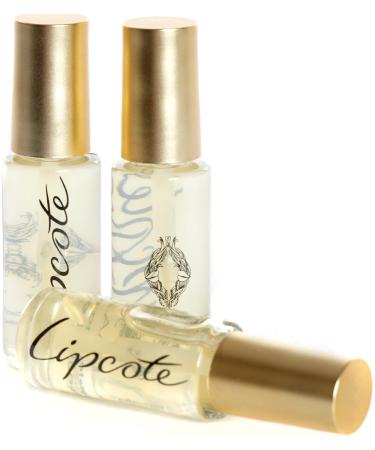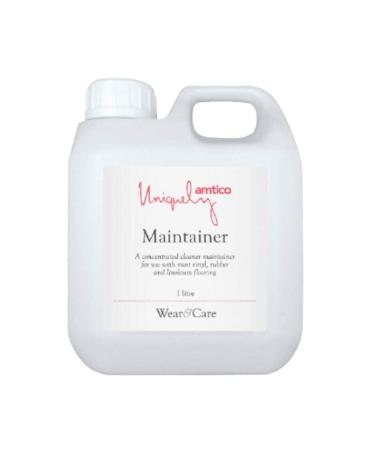A cup of cooked mung beans contains:
- 320mcg folate
- 0.8mg vitamin B5
- 0.33mg vitamin B1
- 0.13mg vitamin B6
- 97mg magnesium
- 7mg zinc
- 55mg calcium
- 0.6mg manganese
There is no need to worry about mung beans calories as one serving of cooked legumes gives you only about 200 of them. The important thing is that these calories come from nutrients and starchy carbs, not fats.
Mung Beans Protein for Vegans and Bodybuilders Mung beans are an excellent food for anyone who wants to increase their intake of proteins. Vegans and bodybuilders definitely fall into this group. The former should eat legumes because their diet excludes the main source of protein (meat) by default. Bodybuilders will benefit from this food because mung beans protein is easy to digest. If you are an avid gym-goer, you can get a dose of legumes by adding some mung bean flour into your protein shake.
Mung Bean Starch: Uses and Nutritional Value Mung bean starch is another name for mung bean flour. This product is just gaining popularity on the US market because it makes a good substitute for wheat flour that contains gluten. It's estimated that over 20 million people in the US suffer from gluten sensitivity. Bean flour offers all of them a chance to enjoy a variety of healthy baked goods. This product is also used to make mung bean noodles, also called cellophane or glass noodles. They have a rather peculiar flavor and retain their structure when cooked (unlike rice noodles).
Homemade Mung Beans Flour Recipe Don't worry if there are no specialty Asian stores near your place as you can make 100% gluten-free mung bean flour (starch) on your own. A cup of dried beans will yield about an equal amount of starch.
- Soak the beans overnight (or at least a few hours).
- Drain them and spread the beans on a baking sheet. You can dab them with a paper towel first to remove excess moisture.
- Preheat the oven to 400F and bake the beans for 20 minutes. Stir every 3-5 minutes so the seeds don't burn.
- Let the beans cool completely and then process them in a blender or a coffee grinder. Grind mung beans in small batches (1-2 tablespoons) to make your flour as fine as possible.
- Put ground mung beans into a jar and leave it open for about 20 minutes to provide the flour is completely cool. Close the jar with an airtight lid and store it in the fridge.
How to Sprout Mung Beans in a Jar You can use Food To Live Mung Beans for sprouting and enjoy all the benefits they offer in this form. The process is very simple and requires only a glass jar and a piece of cheesecloth.
- Sort mung bean seeds removing all imperfect pieces. You'll need about 2 tablespoons of them per jar.
- Wash the seeds in cold running water and put them in a jar. Add water so that it covers the beans by a few inches and close the jar with a cloth (secure it with a rubber band or tie).
- Leave to soak for 12 hours out of direct sunlight.
- Drain and rinse mung beans before putting them back into the jar.
- Cover the jar with your cloth-lid again and turn it bottom up. Then, secure it in a position at an angle with the tabletop to allow free airflow through the mesh. Putting the jar into a bowl will do the trick.
- Rinse and drain the beans about 2-4 times a day and put them back into the jar. Your goal is to provide they remain moist at all times, but not too wet (hence the cloth for drainage).
- Enjoy your mung bean sprouts once they germinate. They can be stored in the fridge for up to a week.
How to Grow Mung Beans in Soil To grow the mung bean plant in soil, you'll need to provide them with suitable soil and plant the beans with great consideration for timing. These legumes require 90-120 warm days and their blooming must not fall to the hottest part of summer. The plants also need 8-10 hours of sunlight a day. Mung bean seeds must be planted into sandy soil with the pH 6.2-7.2. Fertilize them with phosphorus and potassium, like all other legumes. To maximize mung beans germination, plant them in 1-2 inches of wet soil. The distance between plants should be about 3 inches. Wet the soil thoroughly when planting the seeds and you won't have to worry about them for about 20 days.
















